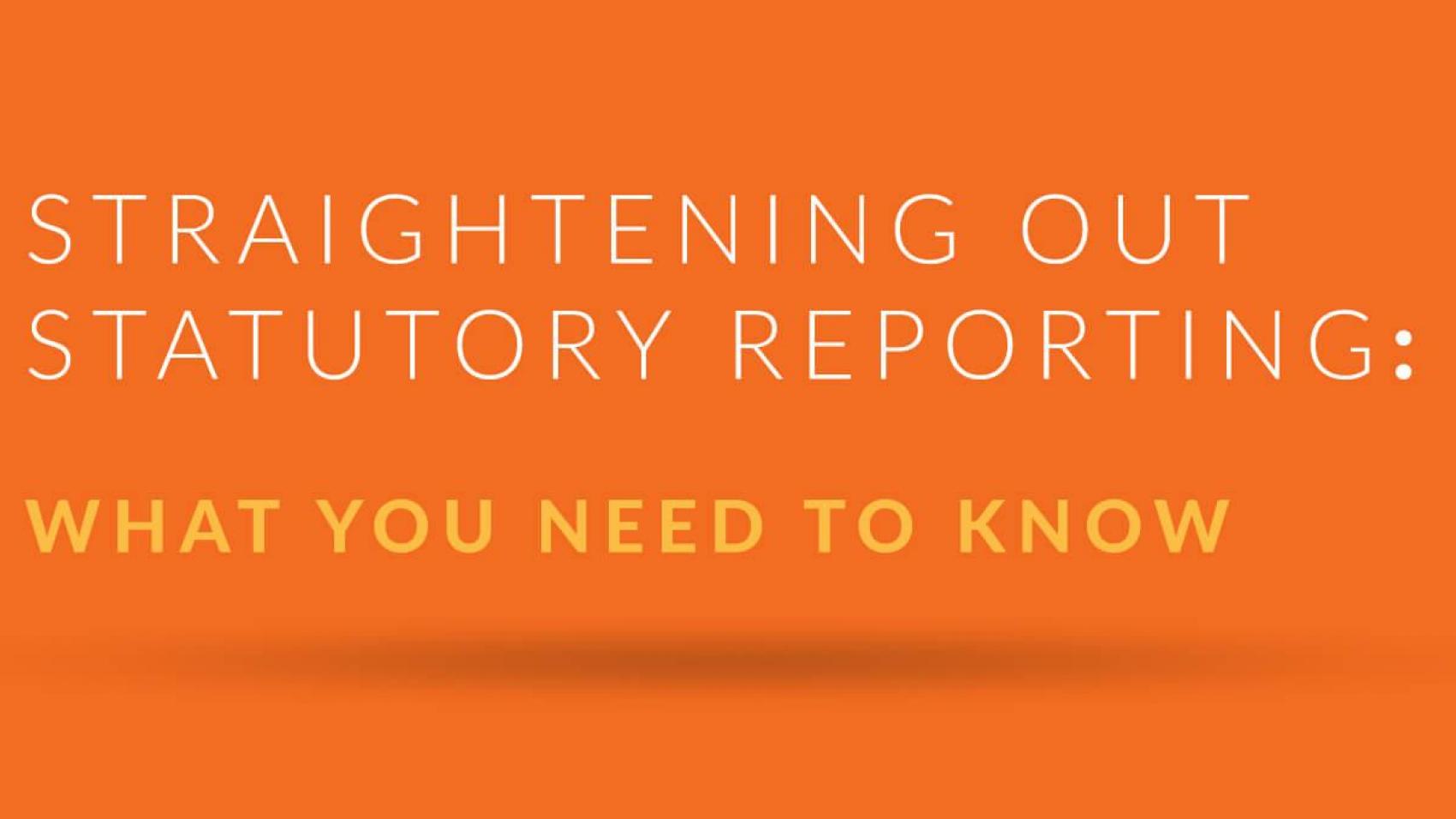How Technology Can Improve Statutory Reporting Processes

Statutory reporting poses a number of challenges for companies, not the least of which is the internal management of data required to fulfil reporting requirements.
How, exactly, do those challenges manifest themselves in statutory reporting requirements? What do they mean for financial reporting professionals? How can technology assist with process improvement?
This article seeks to address these questions—and more—to help make sense of statutory reporting.
How statutory reporting gets complicated
In the world of statutory reporting, attention is given to the production of the consolidated report and the securities regulatory filing—and for good reason. However, companies are also usually required to file reports to government authorities (often Company Registers) responsible for enforcing corporate law, including finance and governance.
These statutory requirements are not necessarily limited to public companies. They generally apply to all corporate legal entities—however, the exact definition of "corporate entities" vary according to local law. As a result, global firms with subsidiaries around the world are required to produce reports for the vast majority of those subsidiary organisations.
It is also worth noting that, for many firms, this is not a matter of creating one report per country. Subsidiaries are created for a number of different reasons, and it is not uncommon to see one parent company managing dozens of subsidiaries that are required to file in just one of those countries.
Managing annual financial statements
The number and nature of reports varies by country, but the annual financial statements and associated governance and audit reports are the most common. These annual figures are often used as part of a local tax filing and may be required by statistics offices and as part of applications for credit.
For each small entity, one annual report might seem easy to manage. However, take these complications into account, and the process grows increasingly complex:
- Managing the consistency across reports, of both figures and narrative, within a country
- Differing corporate governance requirements across territories
- Additional work required for the larger entities
- Number of teams that may be involved
Remember, these are all statutory reports—they are all related to legal responsibilities. Additionally, all data and accounting figures created at the local level feed into the consolidation process and affect the accuracy of those figures when they reach the consolidated report. Accordingly, creating a smooth, streamlined process for the accounting teams that touch these reports should be a priority.
How, exactly, can companies put the focus on their process? By re-evaluating the technology used to create reports. When you connect financial data and leverage a single, unified source for all reporting outputs—ESEF, statutory reports, 20-F, etc.—processes are more agile and adaptable.
Technology and statutory reporting
Despite the vital nature of the individual entity figures to the values provided in the consolidated report, many companies do not have a companywide, universal process or software in place.
Even in organisations where the report preparation is centralised, the data required often sits in multiple local systems. Additionally, secure transfer may not be easy, version control is often not formalised and error-prone manual steps may be involved. These processes do not provide the parent organisation with strong oversight of the local operations. Last-minute changes and updates are difficult to manage, creating late nights and headaches for reporting teams.
Despite these challenges, statutory reporting can be made more simple by focusing on technology that emphasises collaboration and streamlines processes. By utilising cloud software that allows teams to tailor statutory reporting processes to their needs, teams can spend more time providing insight to key stakeholders, not just completing mandatory reports.
For more information on why organisations are bringing technology into their statutory reporting processes, read our blog post, Why Statutory Reporting Is Ready for Digital Transformation.
Statutory Reporting Datasheet
Learn how Workiva helps organizations expedite statutory financial reporting processes.


